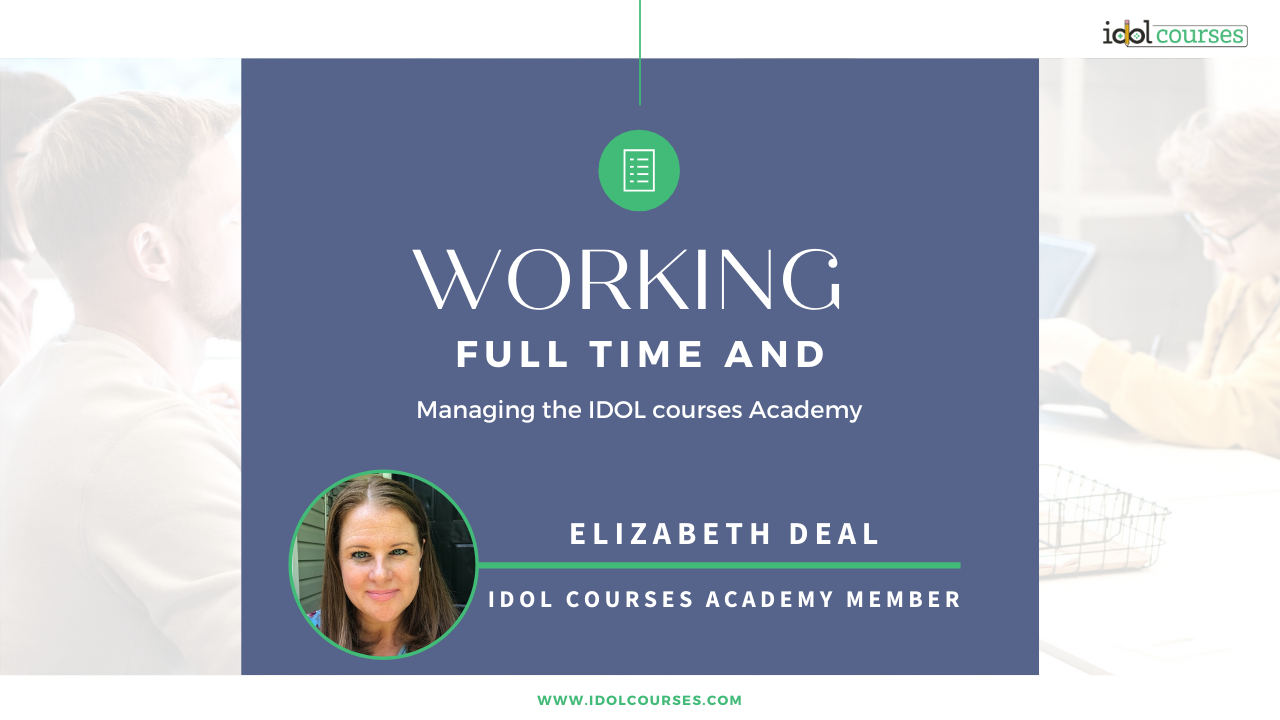
Elevate your instructional design expertise.
Stay ahead with industry news and discover valuable tips and tricks on the IDOL Blog.
Become an IDOL 24: Success Story with Lusha Sha
Apr 29, 2021
Become an IDOL 22: Success Story with Kristi Oliva
Apr 29, 2021
Perfection Paralysis
Apr 02, 2021
Visual Design Part 1: How to Get Started
Mar 26, 2021
How to Use Any Technology
Mar 05, 2021
My ID Love Affair with YouTube
Feb 25, 2021
Am I Doing This Right?: IDOL Lessons Learned
Feb 19, 2021
Get Noticed. Get Hired.
Feb 11, 2021
Interested in joining the IDOL community?
Join our newsletter below, where we keep you updated on our upcoming cohorts, events and news within the instructional design industry.














